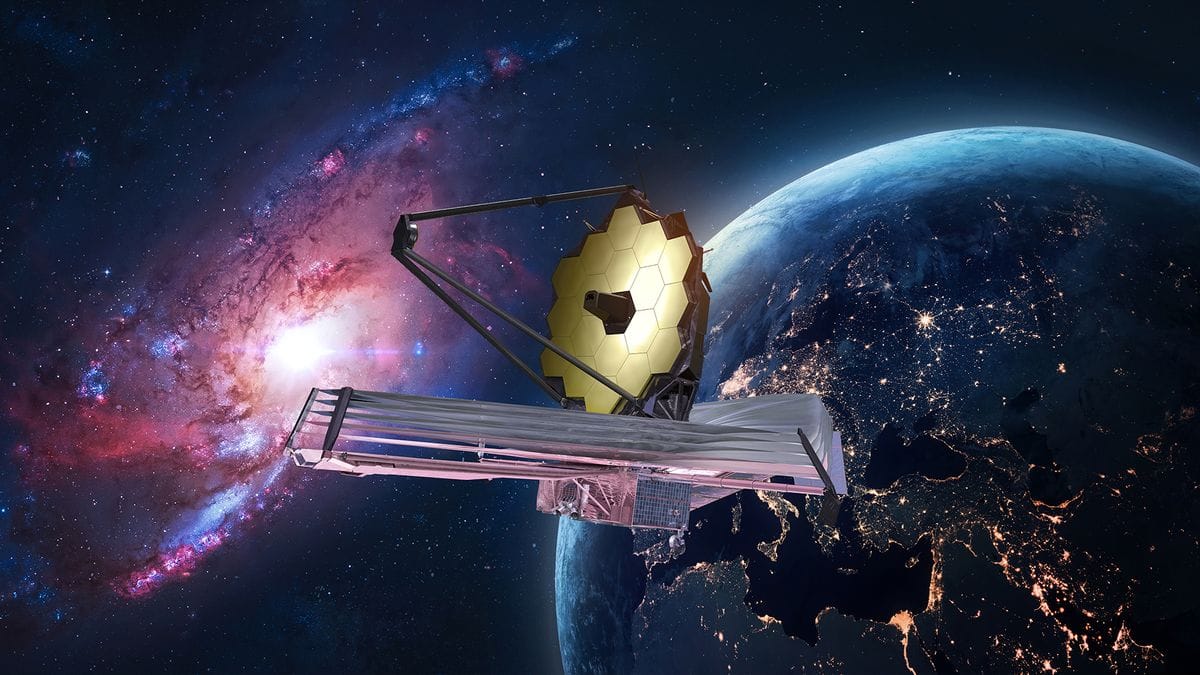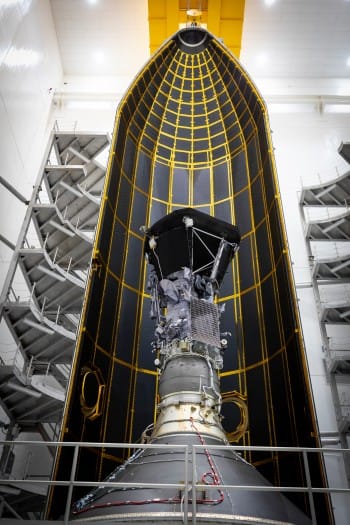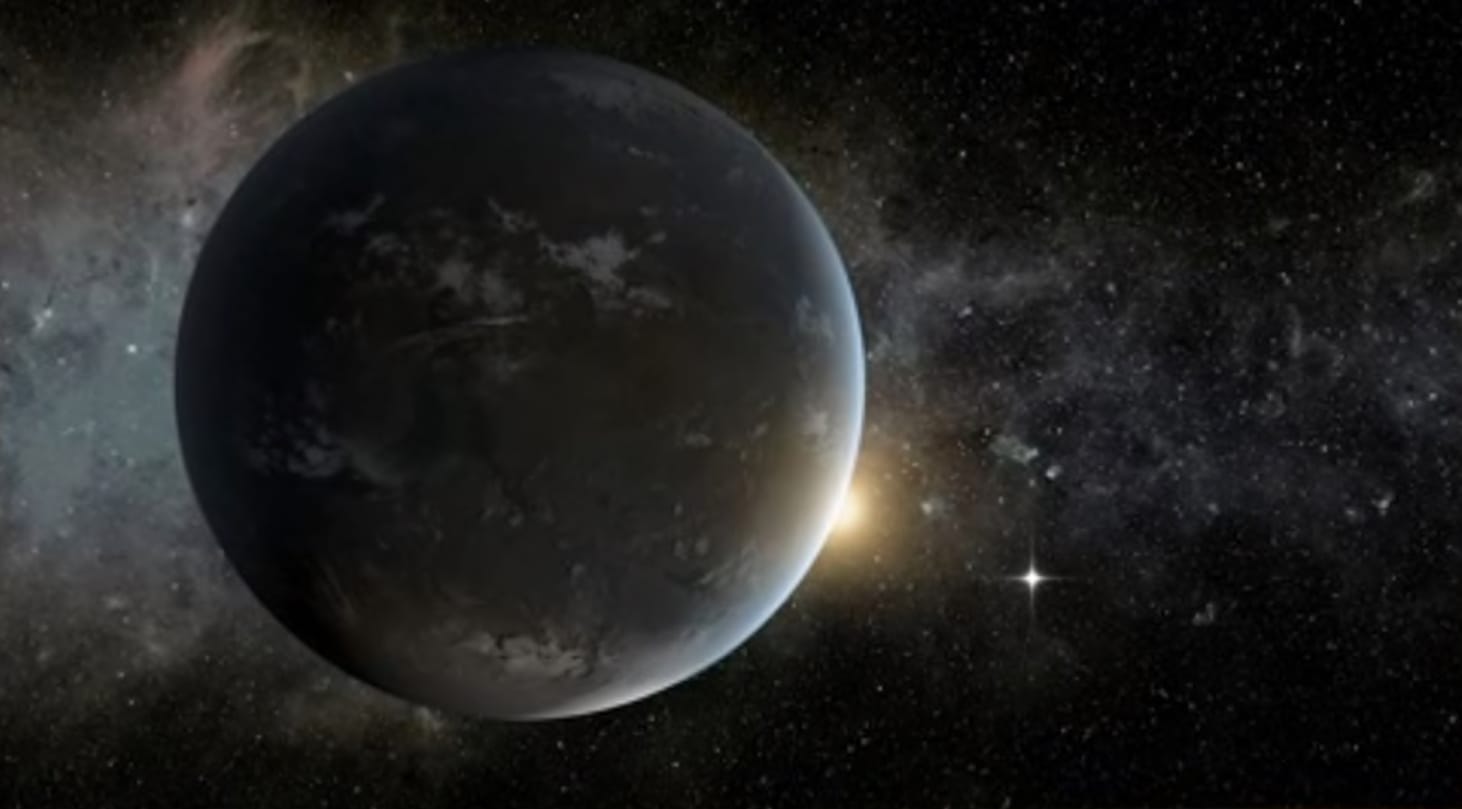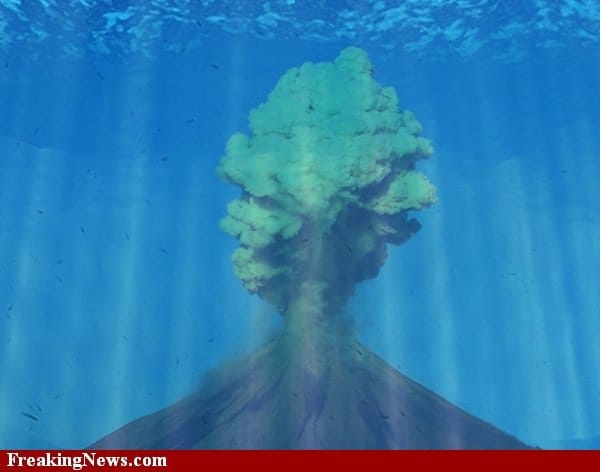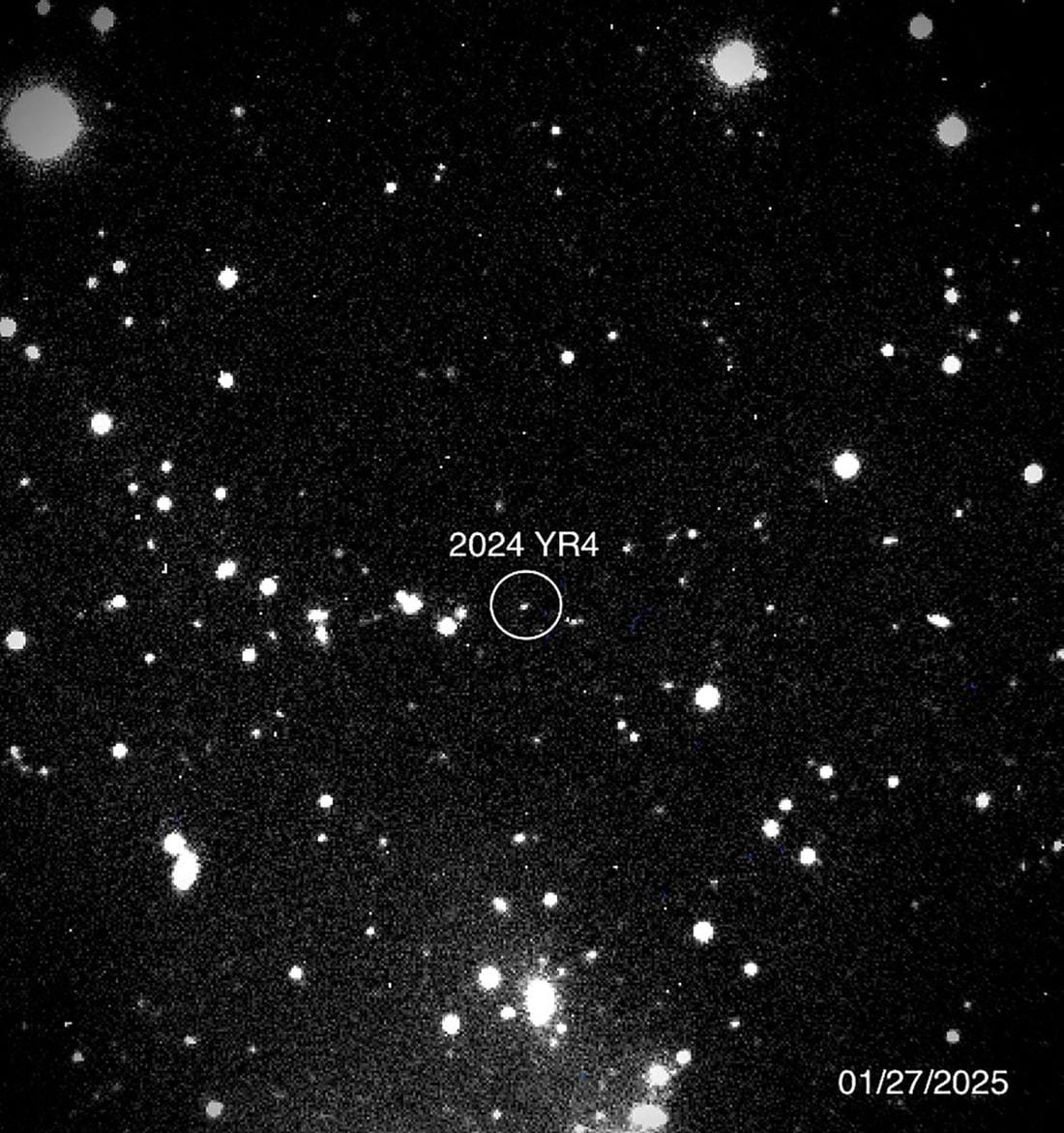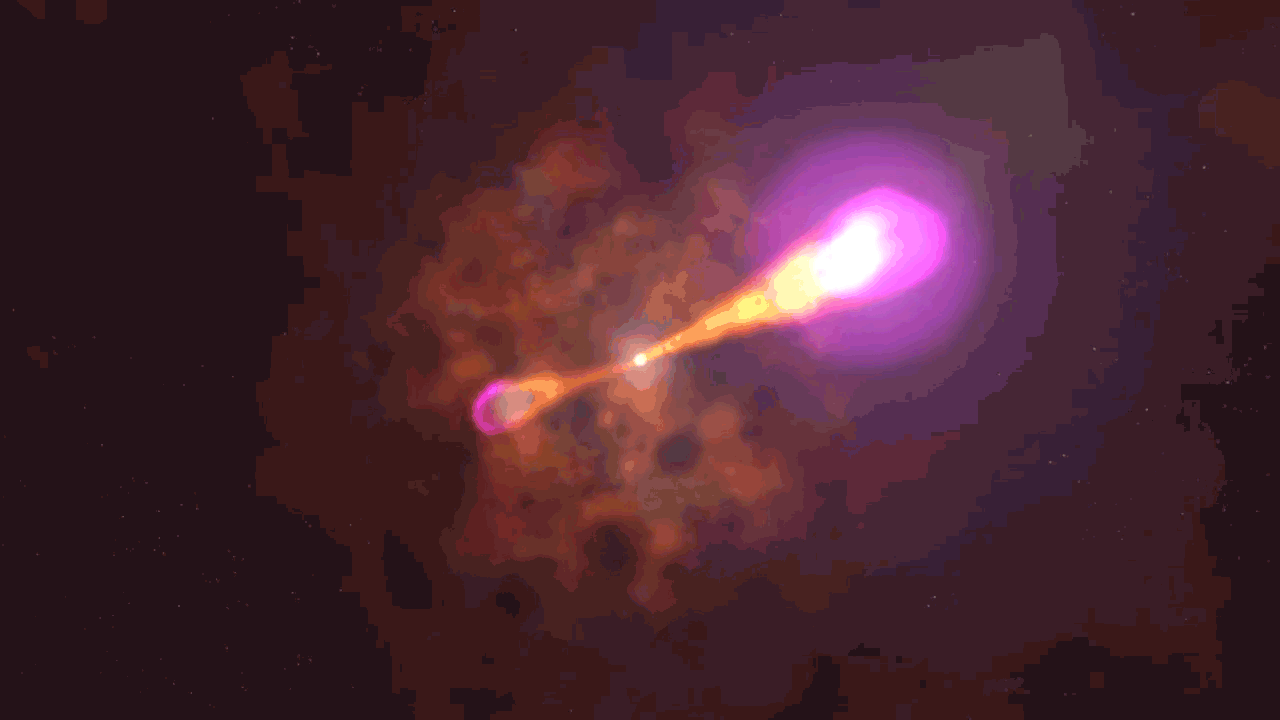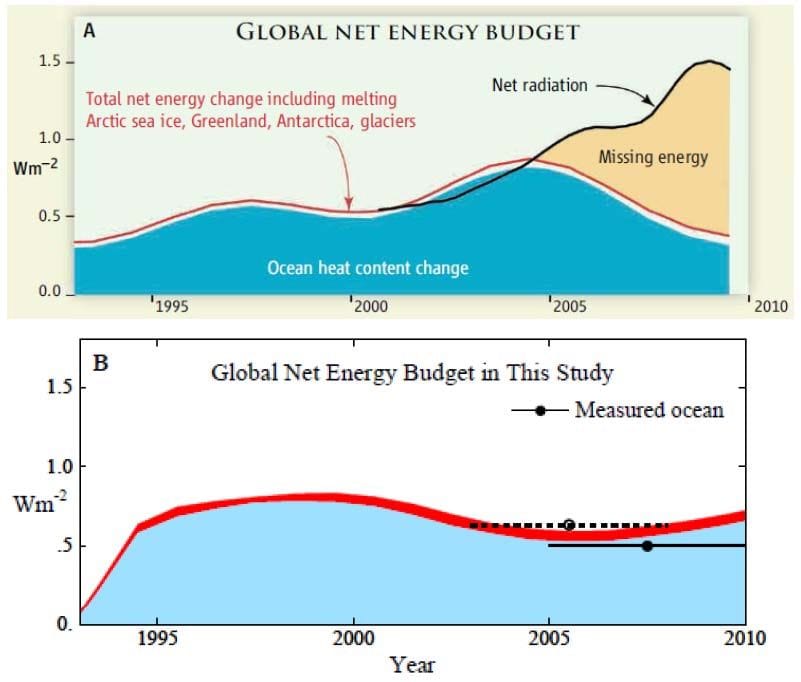A colossal megatsunami reaching heights of 650 feet generated seismic waves that vibrated across the globe. Satellite technology captured the dramatic event, shedding light on its far-reaching effects and implications for coastal regions worldwide.
Category: Science
Revolutionary Discoveries: James Webb Telescope Captures Three Ultrarare Galaxies
Recent images from the James Webb Space Telescope reveal three ultramassive galaxies, prompting scientists to reconsider existing theories about galaxy formation and evolution in the early universe. These findings could reshape our understanding of cosmic history.
NASA’s Parker Solar Probe Detects Significant Magnetic Explosion Targeting the Sun’s Surface
NASA’s Parker Solar Probe has observed a powerful magnetic explosion that is directed towards the Sun’s surface, highlighting the complex magnetic dynamics inherent in our star’s atmosphere. This event contributes to our understanding of solar activity and its implications for space weather.
Discovery of a Super-Earth in the Habitable Zone Sparks Interest in Extraterrestrial Life
Astronomers have discovered a massive super-Earth orbiting within the habitable zone of its star, raising exciting possibilities about its potential to support life. This newfound exoplanet, located 50 light-years away, illustrates the complexity and diversity of planetary systems beyond our own. Preliminary studies suggest that conditions may exist on the planet that could allow for the presence of liquid water, a critical ingredient for life as we know it.
Impending Eruption of Underwater Megavolcano Raises Alarm Among Experts
Experts are warning of an impending eruption of a massive underwater megavolcano, potentially releasing millions of tons of lava into the ocean. The megavolcano, located near the coast of a major landmass, poses significant geological risks and may have far-reaching impacts on surrounding marine ecosystems and coastal communities.
Potential Impact of Asteroid 2024 YR4 on the Moon: Insights from NASA’s Webb Telescope
NASA’s James Webb Space Telescope has detected Asteroid 2024 YR4, which could potentially impact the Moon within the next few years. Scientists are closely monitoring its trajectory to understand its implications for lunar geology and any efforts to mitigate possible impacts.
Global Impact of the 650-Foot Megatsunami: Seismic Waves and Satellite Observations
A recently recorded megatsunami, reaching heights of 650 feet, has generated seismic waves detectable around the world. Satellites captured dramatic visuals of the event, highlighting its impact on coastal regions and the scientific community’s response.
Unprecedented Clarity: Scientists Achieve the Sharpest Image of the Sun
In a groundbreaking achievement, scientists have captured the sharpest image of the Sun to date, revealing unprecedented details of solar activity and its intricate surface structure. This remarkable photographic advancement was made possible through a combination of advanced technology and innovative imaging techniques, providing new insights into solar dynamics.
Astronomers Unveil Most Powerful Cosmic Explosions Since the Big Bang
Recent discoveries by astronomers have brought to light the most powerful cosmic explosions detected since the Big Bang. These explosions, known as Gamma-Ray Bursts (GRBs), have provided unprecedented insight into the violent events that shape our universe. Based on a series of observations from leading astronomical observatories, scientists are now better positioned to understand the origins, evolution, and impact of these extraordinary phenomena.
Unraveling the Mystery of Earth’s Accelerating Energy Imbalance
Recent observations indicate that the Earth’s energy balance is rising more rapidly than scientists had previously predicted, sparking concern among researchers about the underlying causes and long-term implications.

